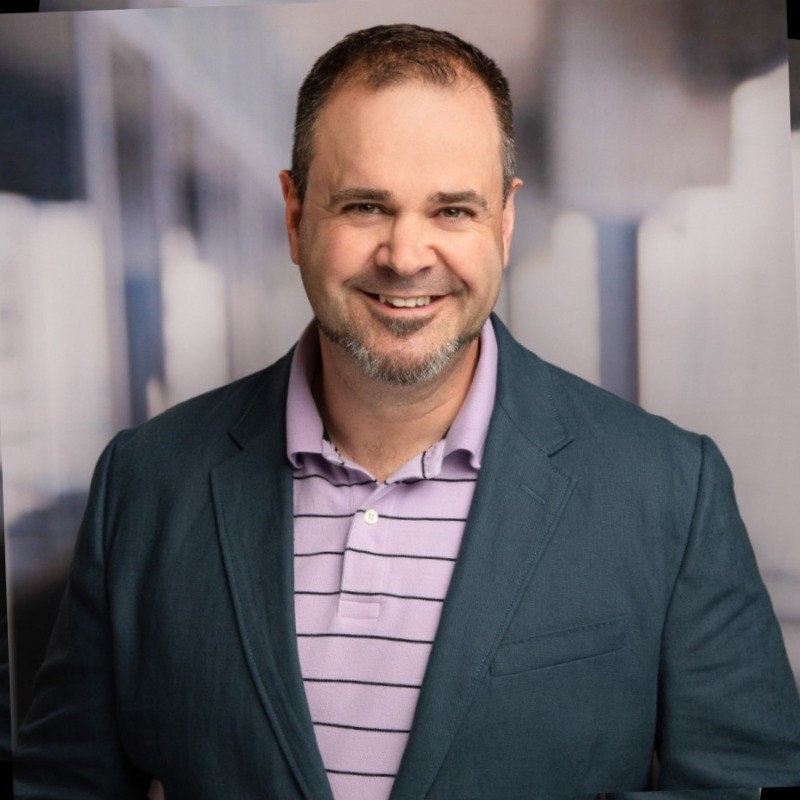How I Got Here
I started out in sales training and marketing strategy, helping businesses build better systems and clearer messaging. That work taught me to see problems from different angles and understand what people actually need (versus what they think they need). But somewhere along the way, I got more interested in building solutions than just talking about them.
The turning point was probably when we ended up co-owning Tackle Box Brewing and The Hook live music venue. Suddenly I wasn't just consulting on business problems—I was solving real logistical challenges like "How do you make a brewery work as a concert venue?" and "What kind of lighting system adapts to trivia nights and live bands?"
The Pattern
Looking back, there's a consistent thread through everything I build: I get obsessed with problems that seem solvable but require combining different skills or approaches. The HDMI matrix controller happened because venue AV management was unnecessarily complicated. The contact management app exists because staying in touch with people shouldn't be so manual. The lighting system grew out of wanting different vibes for different types of events.
Each project teaches me something new, usually in areas I didn't expect. Building a venue taught me about acoustics and community dynamics. Writing automation software taught me about user psychology. Working with woodworking and metalworking taught me about tolerances and iteration.
